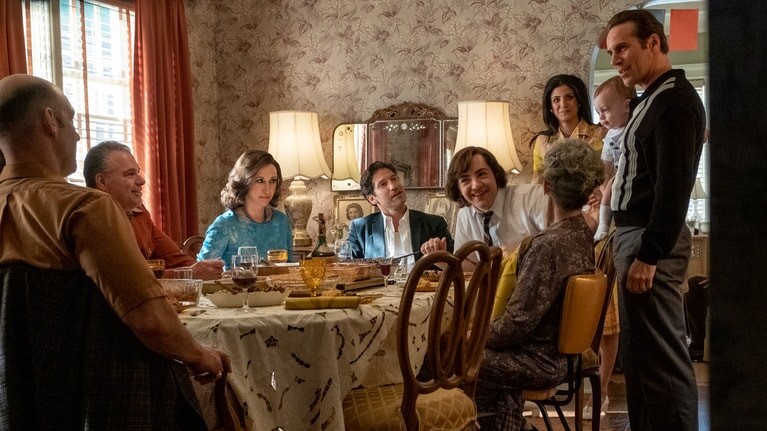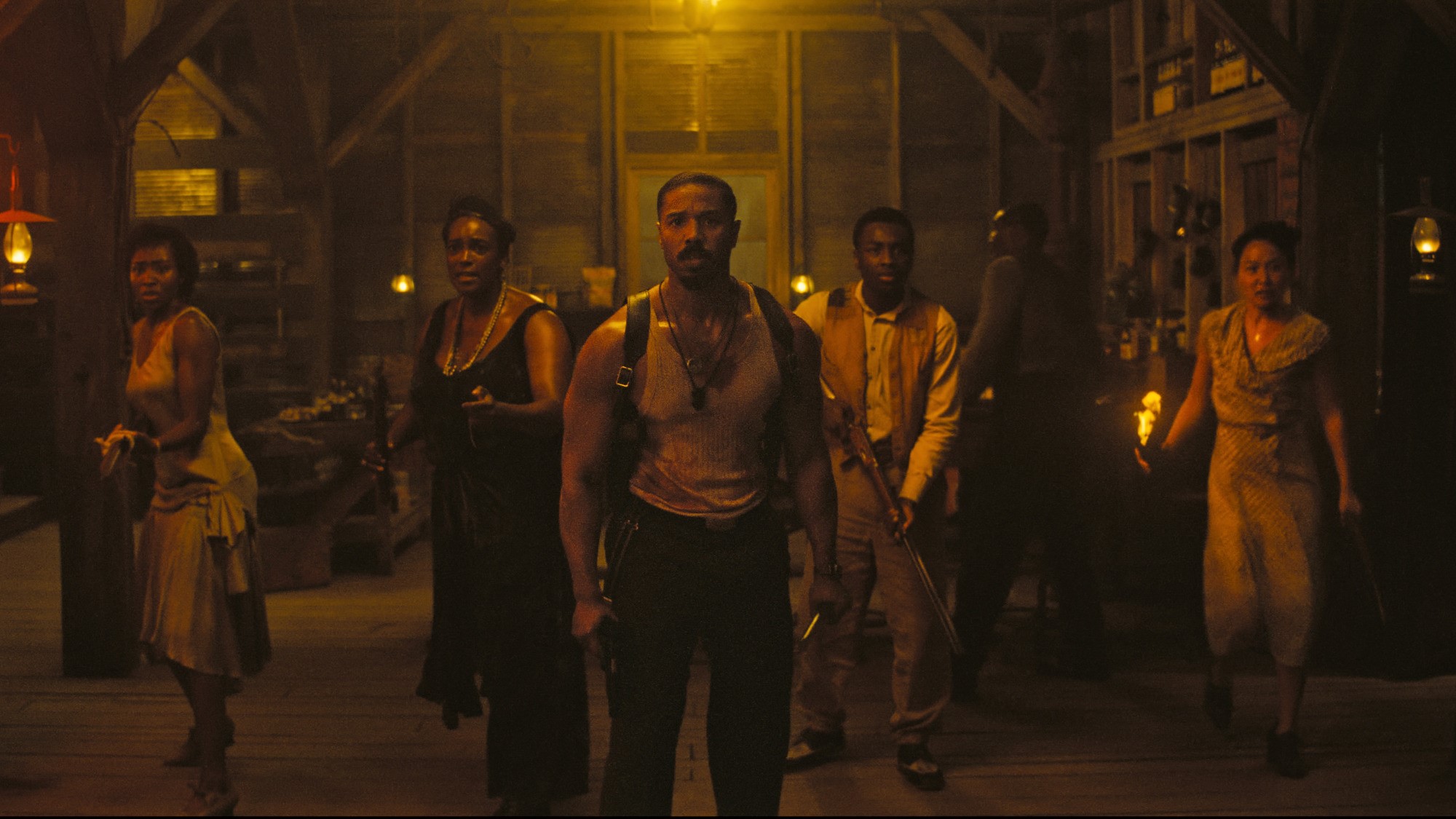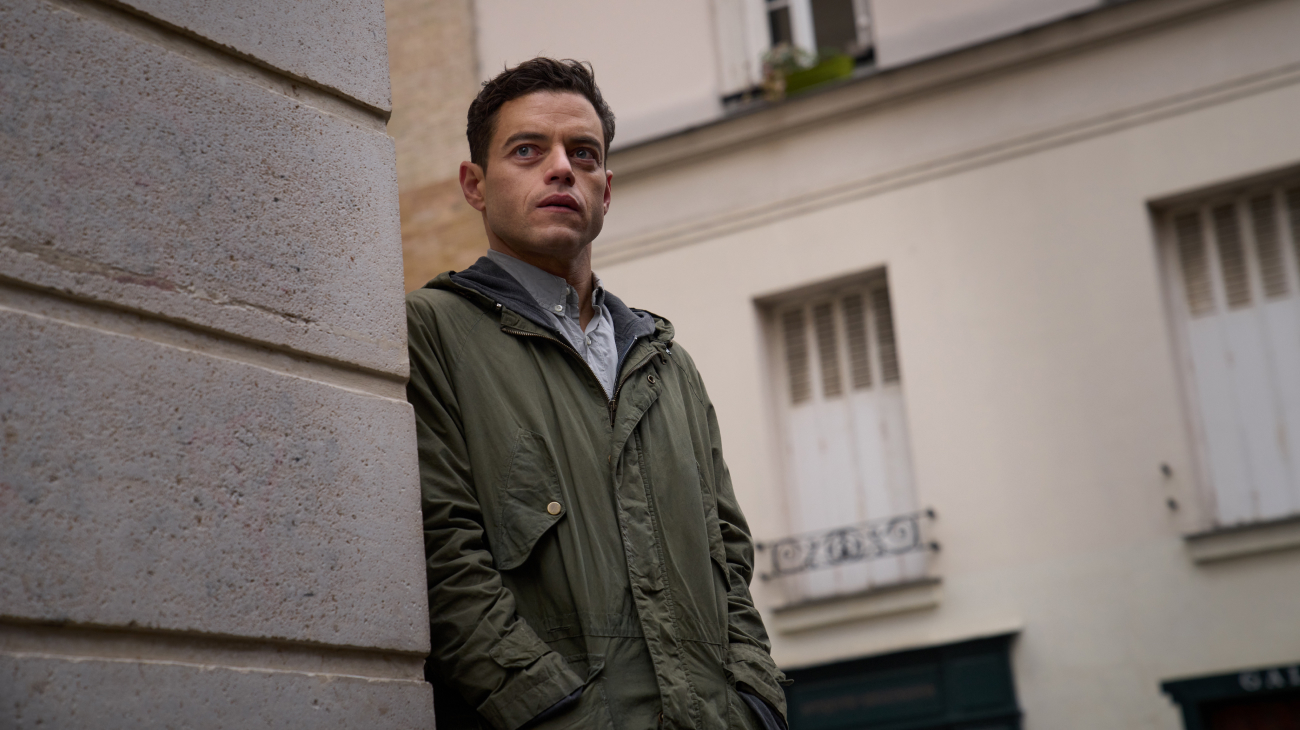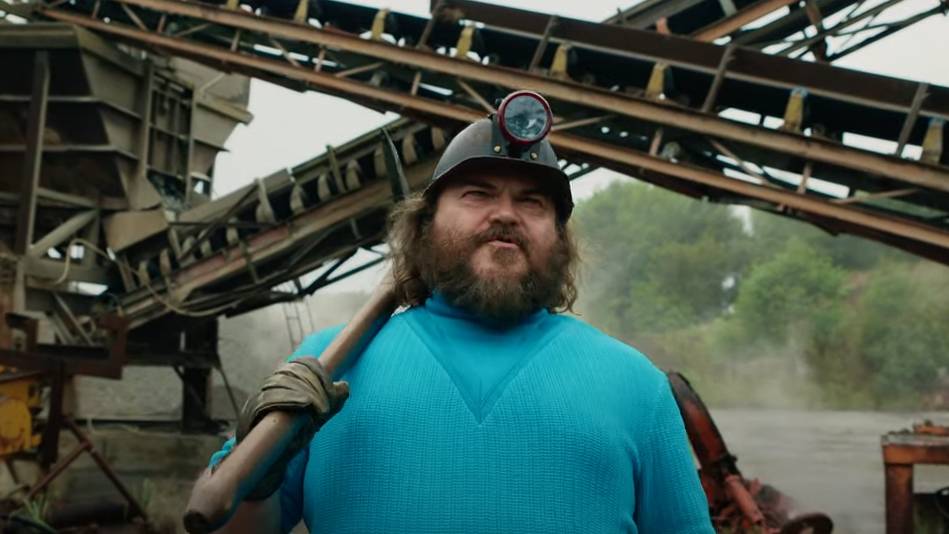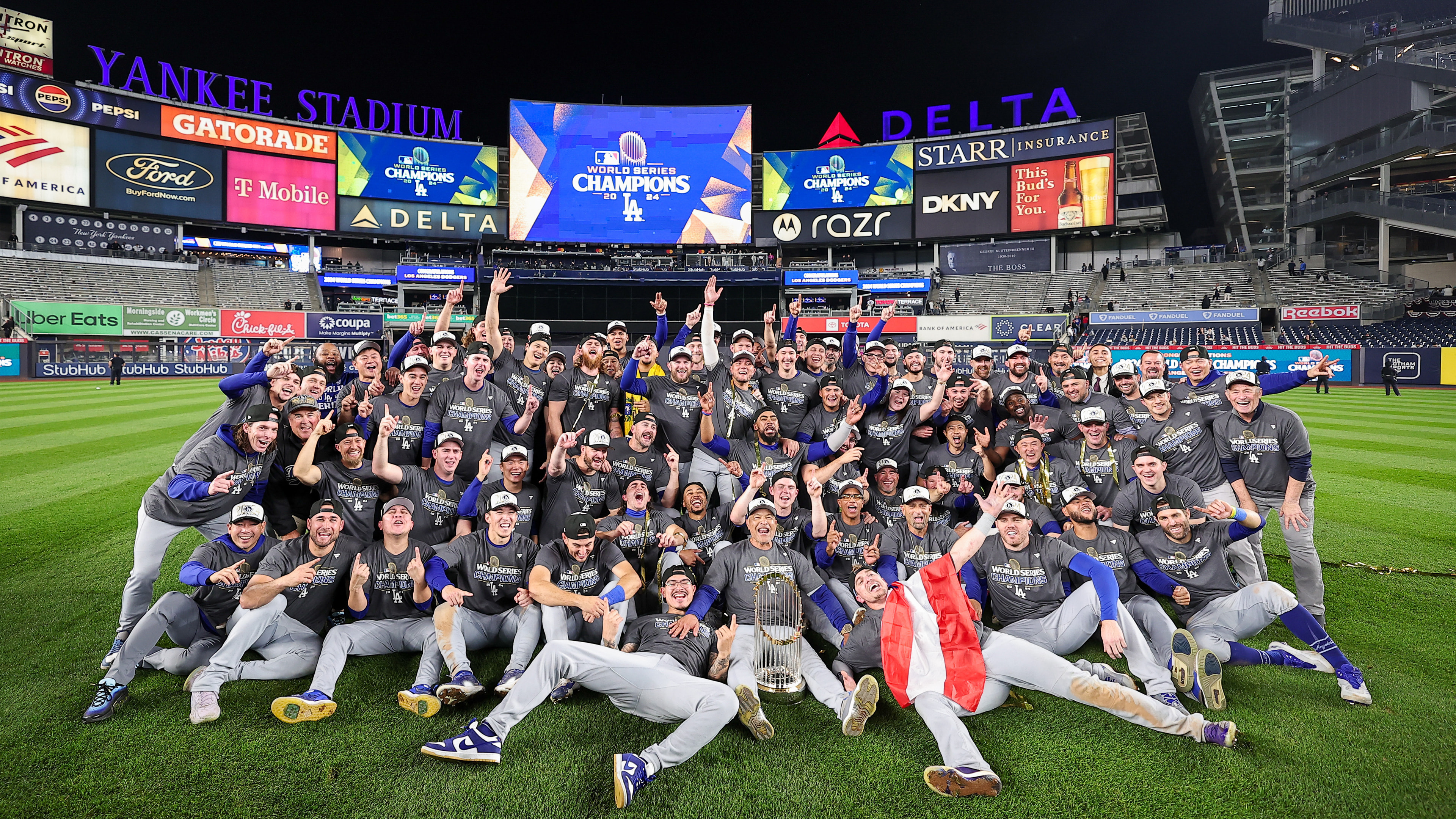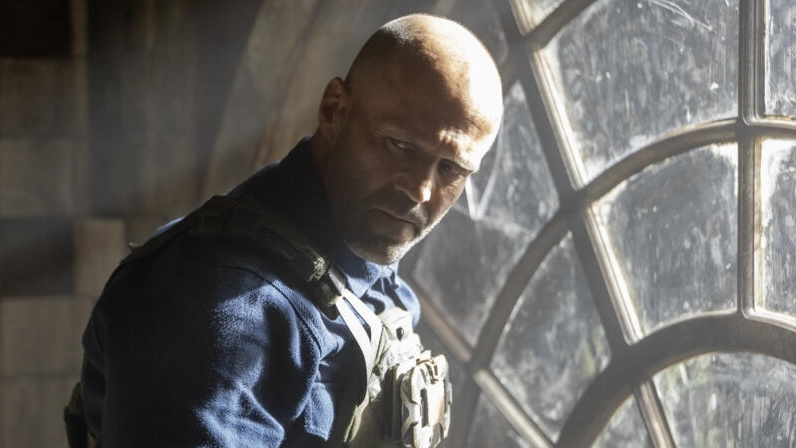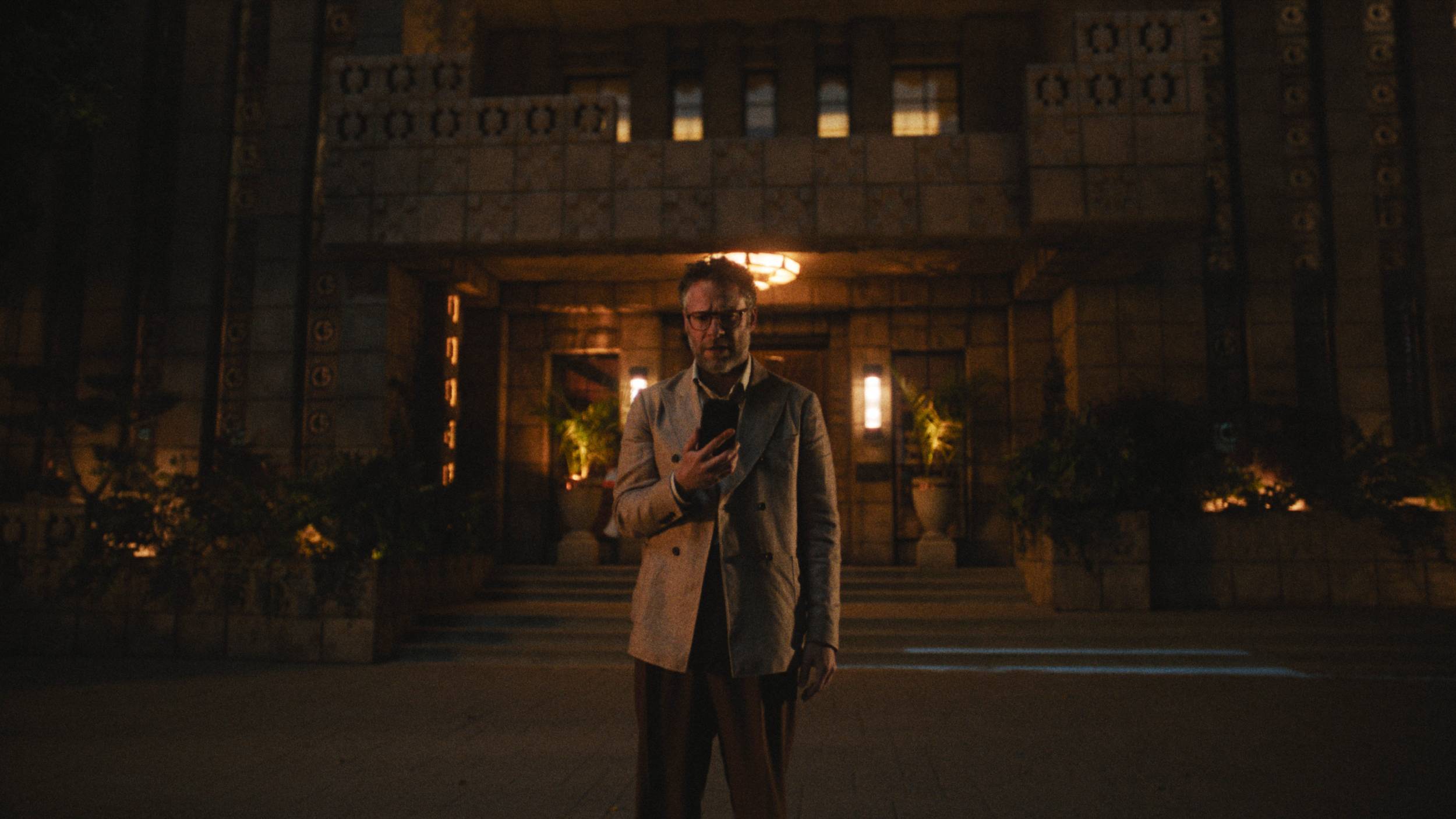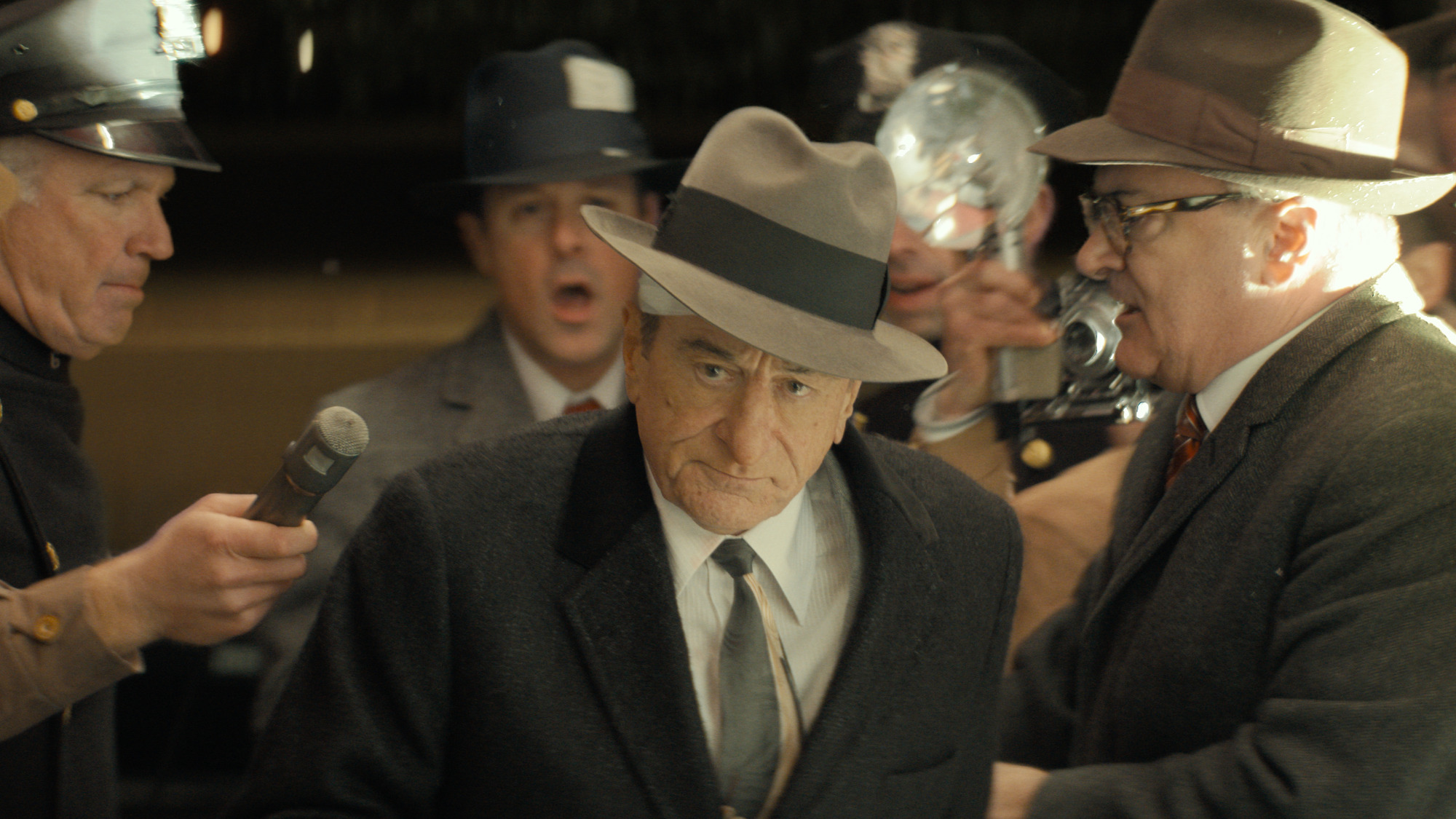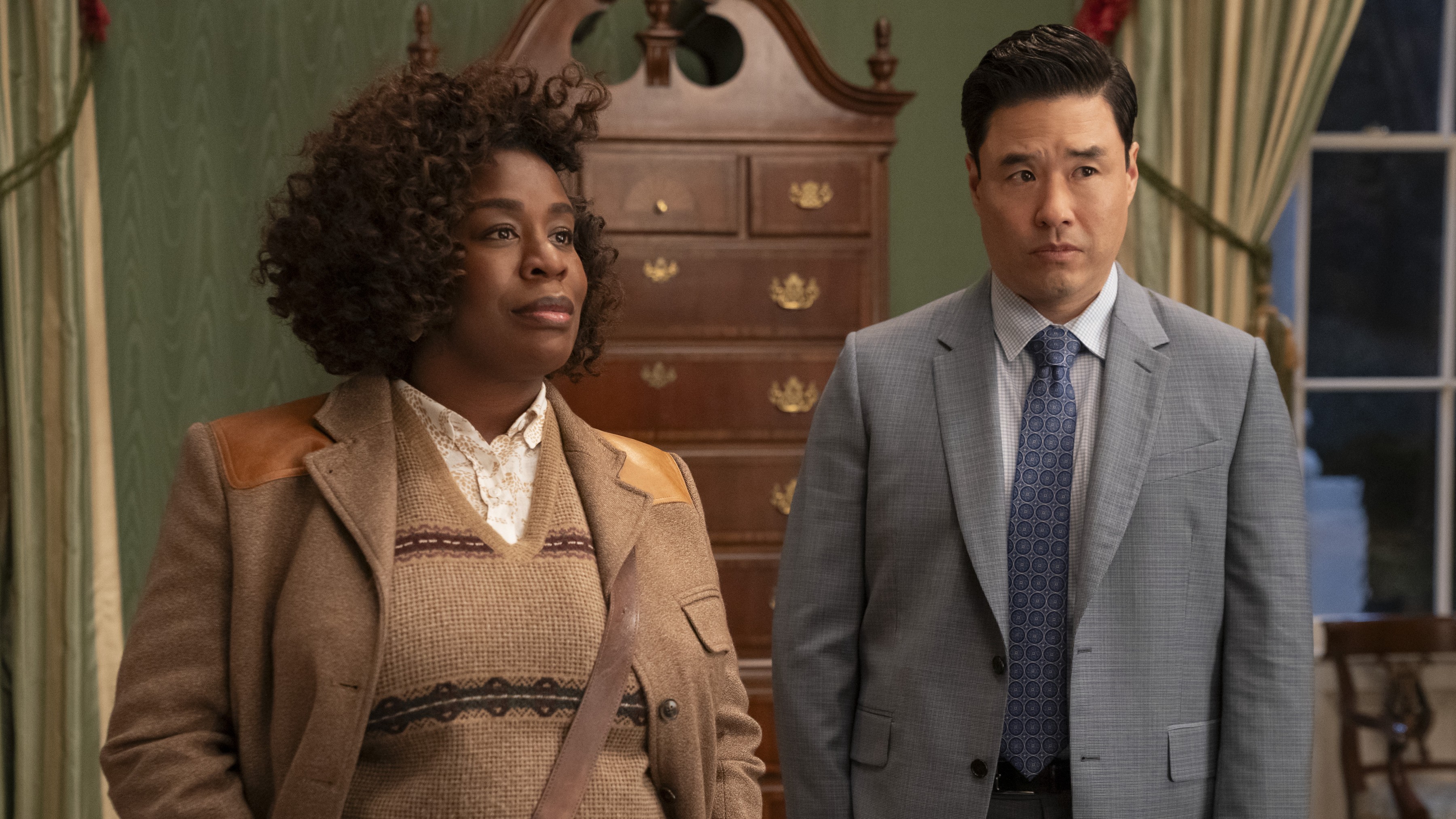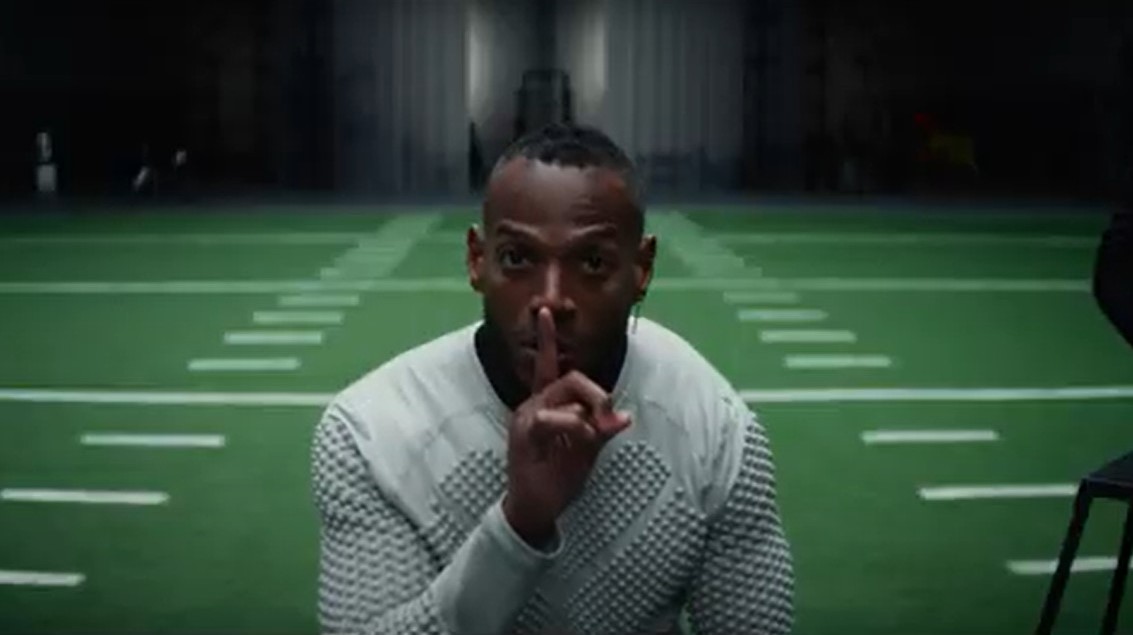What to Watch Verdict
Strong performances and direction, but there is too much to cover and the story is disjointed at times.
Pros
- +
Strong performances across the board, including Michael Gandolfini and Alessandro Nivola
- +
The best moments are tied back to the original series and fans should be happy
- +
Effectively conveys a lived-in world
- +
Alan Taylor's direction.
Cons
- -
Some of the many references to 'The Sopranos' are too on the nose
- -
Too sprawling for the two-hour runtime
Fourteen years have passed since a black screen ignited a debate about Tony Soprano’s (James Gandolfini) fate in the final episode of The Sopranos. Thanks to streaming, reruns and DVD box sets, the HBO crime drama has never really left the conversation. The arrival of David Chase’s mobster series in 1999 is credited with kicking off a new Golden Age of TV — "the Prestige Age" — in which anti-heroes became the star and cable began its domination.
After all of this time, Chase returns with a cast of familiar characters and some whose names had taken on a mythic status. Rather than opt for a limited-series run, The Many Saints of Newark is a two-hour movie depicting a world long before Tony Soprano ruled the roost.
Mafia stories are a pop-culture staple, but Tony’s sessions with Dr. Melfi (Lorraine Bracco) elevated this beloved genre beyond the tropes audiences had come to expect. The deep-rooted relationships coupled with the melancholy enveloping the lead character is an incredibly fruitful source, and turning back the clock to explore the events that led to Tony’s role in the family business is enticing. But instead of focusing on the Soprano we know best, it is the father of Tony’s surrogate son Christopher Moltisanti (Michael Imperioli) who takes center stage.
Dickie Moltisanti (Alessandro Nivola) is referenced but never seen in the original HBO series, but his influence creates a cyclical arc tying the sprawling family tree together. Set over a tumultuous period that includes the Newark 1967 race riots (New Jersey was far from alone in this level of civil unrest during the “Long Hot Summer”) and stretching through to the 1970s, you could be forgiven for wondering why Chase opted for a feature format.
As you can gather, previously seeing The Sopranos will put you in good stead for the thorny relationships at the heart of The Many Saints of Newark. This isn’t to say that if you are not versed in this particular gangster story you won’t get anything from this new entry in the canon, however, the meaningful moments are anchored in knowing the future to come. The parallels between the hero-worship teenage Tony Soprano (Michael Gandolfini) lays at Dickie’s feet — and how Dickie’s son Christopher will later view the man he calls his Uncle Tony — are stark and steeped in the heartbreak of what could have been.
Dickie is consistently caught between the good man he wants to be and the world he lives in, which is a dilemma that often proliferates a violence-driven narrative. His is a cautionary tale that begins with a larger-than-life father he doesn’t much like — played effectively by Ray Liotta — and the empire he helps oversee. Nivola fits straight into the world and after years of supporting roles, he shines as the conflicted protagonist.
Stories of power and ego poisoning families and how the young are doomed to suffer or repeat the actions of those that came before them date back to ancient Greece. No matter how hard he tries, Dickie is caught in a generational loop that will ensnare his son and the boy who looks up to him.
The Tony Soprano we see here is listless at school and quick to get into trouble, but he is also whipsmart and looking for something to channel his energy into. It has been said already but it bears repeating that Michael Gandolfini has huge shoes to step into and does so in an extraordinary fashion. At no point does it feel like he is simply mirroring his father, instead he has captured the essence of this character before the mobster world snatched him up. With his head full of shaggy hair, plaid pants and shearling denim jacket, he looks like he could hang out with William Miller (Patrick Fugit) in an Almost Famous spinoff. The shot of him lying on his bedroom floor listening to rock music suggests that in a parallel universe this coming-of-age tale would have a different conclusion.
The Greek tragedy of it all means this was never the case, and Dickie’s struggle between embracing his potential prodigy and setting him on a civilian path is out of his control. Younger Tony (William Ludwig) spends his time as a silent observer taking on board what his father Johnny Soprano (an underused Jon Bernthal) and his associates are doing, but it is Dickie who imparts the tools of the trade. When the action shifts to the 1970s, the now-adolescent boy continues to watch and learn, even as he tries to take a different path. It is this protracted timeline that gives The Many Saints of Newark a disjointed feel, and while it seems necessary to show both Dickie and Tony’s evolution, it inadvertently holds the audience at arm’s length.
One area the movie excels in is the depiction of Tony’s fraught relationship not only with his unrelenting mother, Livia (Vera Farmiga), but also with the concept of mental health treatments. The toxic attitude toward medication and therapy within his home informs the man he becomes. A flash of empathy is quickly snuffed out and the future is written at this moment. The very nature of a prequel is that some of the audience will know what will come, and the Soprano family dynamic is one such case. In some moments, nods to events from the series are a little too cute and on the nose, however, an echo of the therapy to come is welcome — Talia Balsam is reliably great in her role as Mrs. Jarecki.

The large cast of characters features Sopranos’ mainstays when they were younger, with Billy Magnussen as the comedic relief playing Paulie Walnuts — he veers too far into caricature at times — and John Magaro nailing Silvio (and his thinning hair). Corey Stoll inhabits the early bitterness of Uncle Junior that will continue to percolate decades later and even Michael Imperioli speaks to the audience from beyond the grave serving as narrator. The latter works because it is used sparingly but also points to how much this movie is catered to viewers who have seen the HBO series.
Why might someone watch The Many Saints of Newark if they haven’t watched The Sopranos is a question you might ask, but perhaps a taster is a goal. I watched the series when it aired and rewatched it again a few years ago, and for me the strongest scenes of the movie are ones informed by my love of the preceding 86 episodes.
One storyline that doesn’t require prior knowledge is the conflict between Dickie and the charismatic Harold (Leslie Odom Jr.). What begins as Harold working for Dickie shifts into a territory dispute when Harold refuses to be disrespected by a man who doesn’t attempt to hide his disdain that is laced in racial prejudice. With the backdrop of the riots, it emphasizes the bigotry of these men. A limited series would have given more time to develop Harold and his unexpected rise against a former associate.
Despite these shortcomings, The Many Saints of Newark does deliver visually whether the exquisite suits (that sometimes end up splattered with blood) and pattern-filled 1970s closets courtesy of costume designer Amy Westcott. The image of teenage Tony wearing a varsity jacket (in the snow!) paints a vivid picture of the boy he was before the knit polos and signature bathrobe.
Seasoned Sopranos director Alan Taylor captures bursts of extreme violence in beautiful and cramped locations, and if you feel safe seeing this in a theater then it is worth the big-screen experience. Music has always been a David Chase staple and one particular standout is a scene in which the Jackson 5 and Gil Scott Heron overlap.
Overall, the movie cannot live up to the expectation or weight of this beloved story, and while The Many Saints of Newark isn’t a heavenly experience, it does satisfy the itch to witness the origins of Tony Soprano’s New Jersey waste management empire.
The Many Saints of Newark will play in movie theaters and on HBO Max starting Oct. 1.
Emma Fraser spends most of her time writing about TV, fashion, and costume design; Dana Scully is the reason she loves a pantsuit. Words can also be found at Vulture, Elle, Primetimer, Collider, Little White Lies, Observer, and Girls on Tops. Emma has a Master’s in Film and Television, started a (defunct) blog that mainly focused on Mad Men in 2010, and has been getting paid to write about TV since 2015. It goes back way further as she got her big start making observations in her diary about My So-Called Life’s Angela Chase (and her style) at 14.
